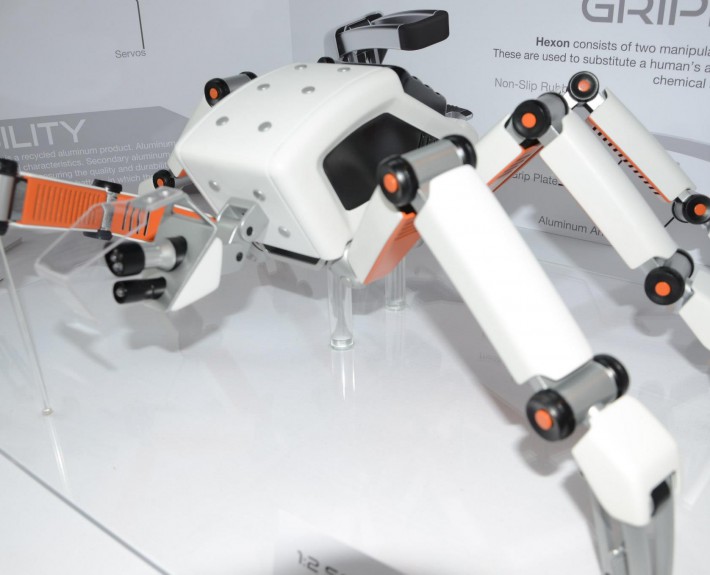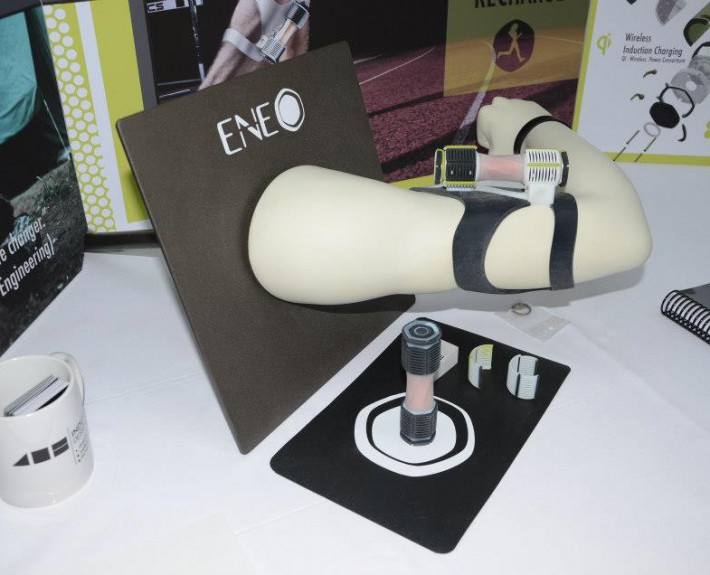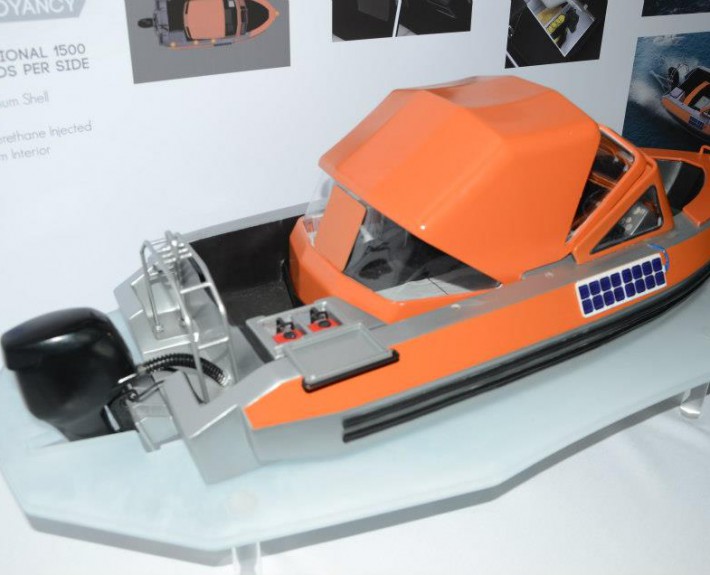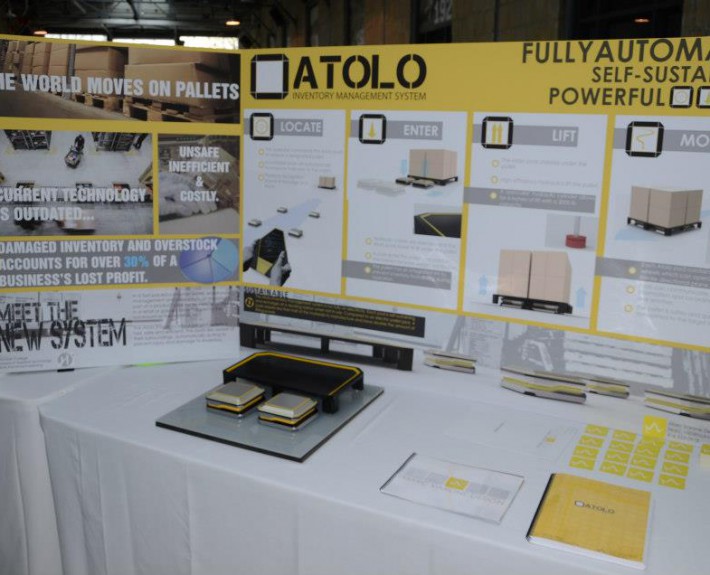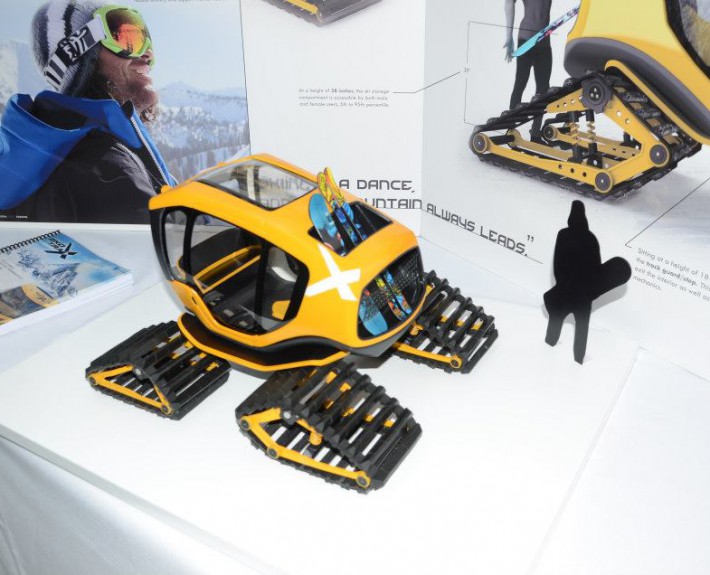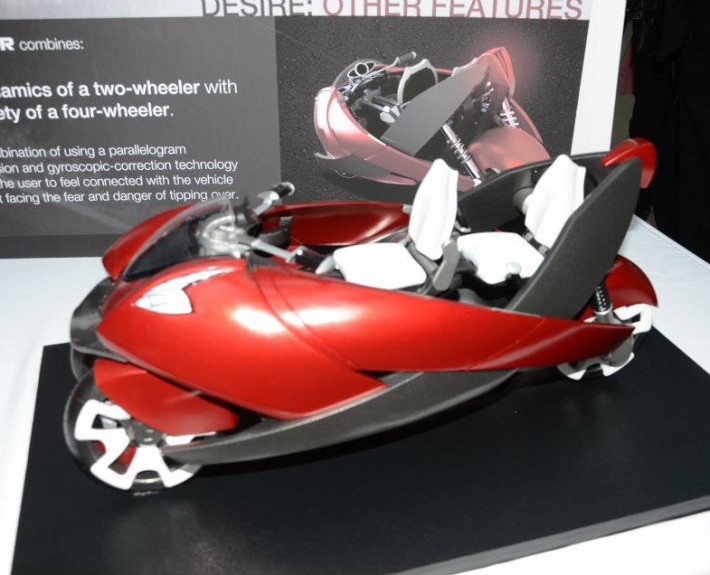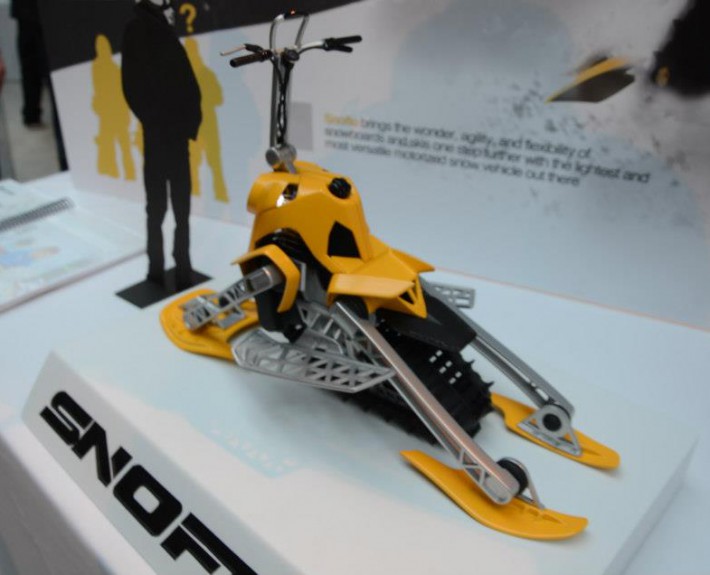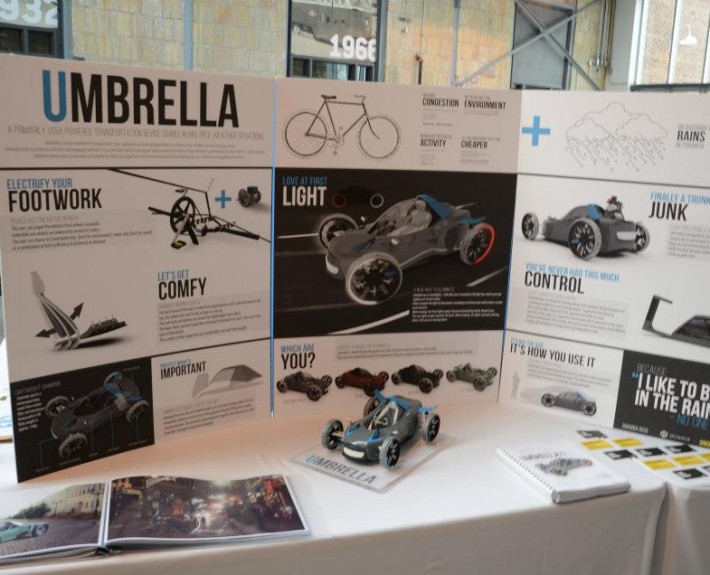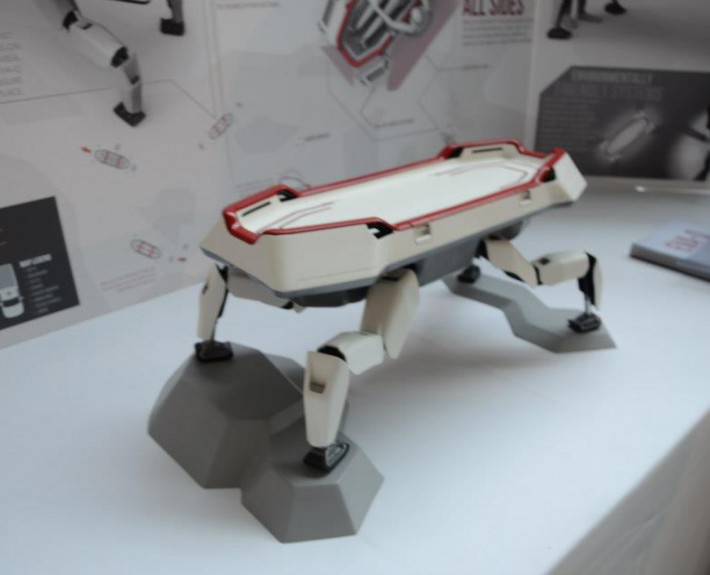Watch This: EuroMold 2013 New Products Announcement. EuroMold 2013 was held at the Exhibition Center Frankfurt/Main, Germany. EuroMold provides visitors with the opportunity to learn more about the products and innovations of a multitude of exhibitors from differing sectors of the industry and different countries.
How 3D Printing in Toronto Can Improve Manufacturing
A Financial Post article dated November 19, 2013 goes into detail about what makes 3D printing the future of manufacturing. Among other things, this technology can do away with most of the inefficiencies that take place during the transformation of raw materials into actual products. The article notes the key innovations 3D printers can bring to the manufacturing industry:
Read more

Prosthetics are not cheep, they can range from $5,000 to $50,000. “For people without one or more of their natural limbs, the process of acquiring a prosthetic one is exhausting.
Back in 2011, Scott Summit, the founder of Bespoke Innovations, showed 3D-printed, individually designed prosthetic legs that are unabashedly artificial and completely personal. Summit has spent the past six years researching and working on 3-D prosthetics. With a 3D scanner and a 3D printer, we can now create a prosthetic limb for individuals, says Summit.
Unfortunately, it still costs a boatload of money, especially for those people who are unable to afford to get one.
Richard Van As, a South African carpenter, who lost four fingers from his right hand to a circular saw two years ago, decided to build his own hand. Working together with Ivan Owen in Seattle, they invented Robohand, a device that is made from cables, screws, 3-D printing and thermoplastic. It uses the rotation of a joint to enable five plastic digits to grasp. The device costs only about $500. In order to spread the device as widely as possible, Van As and Owen made the Robohand an Open Source design available online so everyone in the world can download and build one for themselves.

Image credit: London Science Museum
Then 17-year old inventor Easton LaChappelle from Colorado, built a prosthetic arm by generating most of the parts through a 3D printer. Currently LaChappelle has completed the third version of his robotic hand and the costs is only around $250. His ‘Arduino Robotic Arm’ is up to shoulder and has the same functionality as a human arm.

Eric Ronning, Mechanical engineering sophomore at University of Wisconsin-Madison invented a 3D printable prosthetic hand for amputees in developing countries. Named the Manu Print, the hand has a unique design that allows users to close and open each finger individually by applying only one tensile force. The hand is similar to the human hand and is purely mechanical and has no electronic parts. And the total mateial costs is only 20$.

Then, there was another project: Zero Point Frontiers, an engineering company in Huntsville, has built an new hand for two-year-old Huntsville toddler Kate Berkholtz who was born without fingers on her left hand. Zero Point Frontiers used their 3D printer to help this little girl by creating her a much needed prosthetic, and this 3D printed hands only costs about $5.

In September, Bristol, UK based Joel Gibbard (23) launched the Dextrus hand on indiegogo, a 3D printed robotic hand that offers much of the functionality of a human hand in a very low cost. It uses electric motors instead of muscles and steel cables instead of tendons. 3D printed plastic parts work like bones and a rubber coating acts as the skin. The hand can be connected to an existing prosthesis using a standard connector to give an amputee another option, and it costs less than $1,000.

Though these products are not as high quality as high-end prosthetics, they are functional, simple and low cost. In some parts of the world, the choice is between having a mediocrely-fitting prosthetic and not having one at all. That is the situation that spurred these inventors to action. These 3D-printed product has already benefitted a lot of children. With the increasing affordability of 3D printers, future robohand could be a lot cheaper and, also a lot of more capable.”
Watch below a nice story from CBS news about 12-year old Leon McCarthy and his awesome 3D printed prosthetic hand.
Two years ago, Paul McCarthy began searching for an inexpensive yet functional prosthetic hand for his son Leon, who was born without fingers on one of his hands. McCarthy came across a video online with detailed instruction on how to use a 3-D printer to make a prosthetic hand for his son.
Article Source : 3Ders.org

“Are you a fan of the Big Bang Theory? We are! Those geeky, nerdy, awkward, but lovable guys often remind us of…well…us! And last season on the show, those boys finally caught up with us. They stumbled onto 3D scanning/printing.
In Season 6, Episode 14 (called the “Cooper/Kripke Inversion”), Howard Wolowitz and Raj Koothrappali order customized figurines of themselves online. When the toys arrive, they are quickly disappointed at how little the dolls resemble them. Raj suggests buying a used 3D Printer and doing the job right. They scan themselves and Bernadette with a Kinect sensor and manufacture perfect replicas of each other in color.

The episode as hilarious, but there is a dark secret… Fact of the matter is, the real scanning was done with an Artec Eva scanner, not a Kinect sensor. The scans done with Kinect didn’t have the right resolution/texture for a quality, color 3D print.” – artec3d.com
 Scientific discoveries and advancements pave the way for innovative solutions that generally make life easier. In progressive countries like Canada, computers and other equipment have helped ease the burden of many different tasks. A LiveScience.com article discusses a useful tool that is slowly making waves in the medical sector and shaping the future of surgery, as we know it:
Scientific discoveries and advancements pave the way for innovative solutions that generally make life easier. In progressive countries like Canada, computers and other equipment have helped ease the burden of many different tasks. A LiveScience.com article discusses a useful tool that is slowly making waves in the medical sector and shaping the future of surgery, as we know it:
Regenerative medicine has already implanted lab-grown skin, tracheas and bladders into patients — body parts grown slowly through a combination of artificial scaffolds and living human cells. By comparison, 3D-printing technology offers both greater speed and computer-guided precision in printing living cells layer by layer to make replacement skin, body parts and perhaps eventually organs such as hearts, livers and kidneys. Read more
Kicking off the school year is never easy. It is often tough to find motivation in the early classes, long lectures, and lack of sleep. We thought it would be a great opportunity to look back at a group of students that have truly pushed the envelope on their past year, to provide a little motivation to those students looking for a finish line. Over the last few months our team here at Objex Unlimited has been thrilled to be working with a wide range of extremely talented clients. With this said, there is nothing like the Humber College Thesis Show. Showcasing students from the Bachelor of Applied Technology (Industrial Design) degree program, this annual show is an outstanding display of talented, and innovative designers. Amongst their hours of research, design, and engineering work, these students are required to present accurate, and realistic concept display models. Working in conjunction with Objex Unlimited, a great deal of these students were able to accurately replicate their prototypes and design models. This was a fantastic experience for both the students and our team here at Objex Unlimited – to be able to provide these talented students with the resources they need to continue to evolve and innovate their designs.

During the show we had the opportunity to award two of these outstanding designers with the “best hard models in show”. Both Brent Vanderwoude and Jacob Migneault took home the prize.
Products
Services
Join Our Newsletter
Objex Unlimited
2140 Dunwin Drive.,
Mississauga, Ontario L5L 1C7
Email: sales@objexunlimited.com
Phone: 416-233-7165
Mon – Fri
9am – 5pm EST



